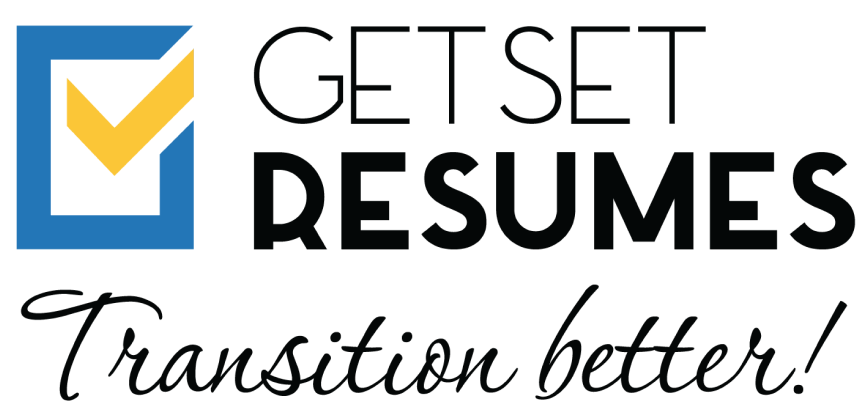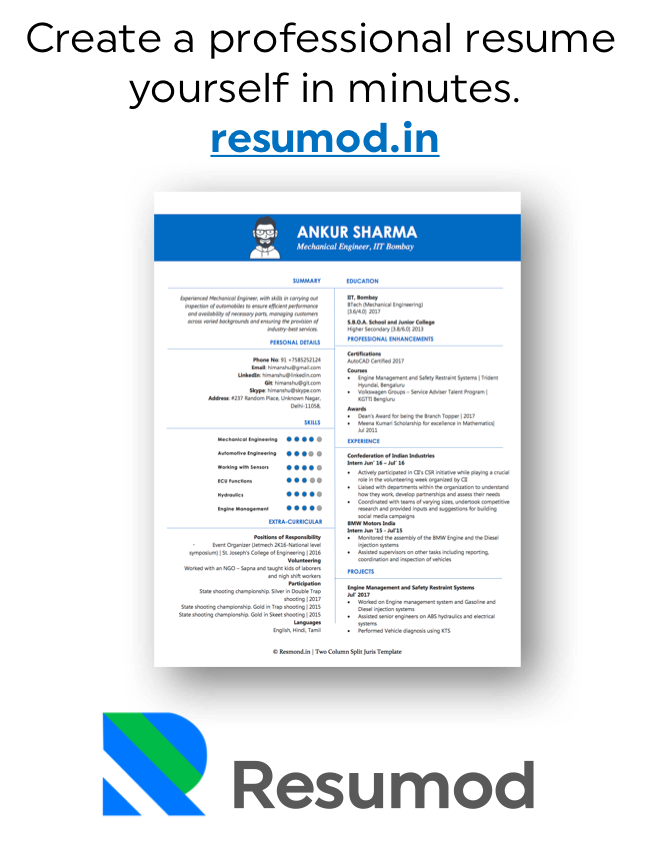Traditionally resumes have an introductory statement at the beginning. Most people call it the “Objective Statement”, where they mention what they want to do in their lives, or more specifically, with their careers. This statement is what hiring managers read or are expected to read first (given that it’s placed at the top of the page). So in a way, it is this statement which can reserve the job for you but if not done properly, this same statement can be the reason why your job search is over before it even started.
We have seen thousands of resumes and most of them include objective statements. Very few resumes, though, use statements which impact the reader. Most of the rejected resumes read very vague objectives, similar to:
“To utilise my skills with a company which understands my talents and provides me with the platform to grow in my professional life.”
OR
“To use my skills and expertise to grow the organization.”
and so on and so forth. Do you really think that such a start to your resume is doing you any good? Well, no!
Don’t you feel that each of these statements speaks the job seekers’ personal wishes or goals instead of stating why the hiring manager should hire him/her or why he/she is the perfect match for the vacancy. Unfortunately, hiring managers are not interested in what you want. They have decided a particular role for the employee, and they have some problems that they want you to solve. It clearly means that they will only entertain you if you can justify how you can solve their problems and how you can deliver what is expected from you.
According to some surveys, more than 50% employers want to see an Objective or some sort of an Objective in a jobseeker’s resume. Now even if it is an approximate, this is a good stat to work on. If 50 percent of employers would not like your resume without an objective, it would be better that you write one!
Increasingly these days, jobseekers are replacing objective statements with various other sections like a “HEADLINE” or a “TITLE”, followed by a “Summary,” “Skills Summary,” “Competencies,” “Profile,” or the likes. Such underlining of skills can be quite appealing to employers, and the keywords used in these sections can put any resume at the top of electronic search results.
If we talk of such Headlines or Titles, we come up with very specific 2-4 word phrases which clearly outline what the resume is going to be about. For example, if you are a Construction Engineer with 20 years of experience in Government projects, the Headline could be “Senior Construction Engineer; specialization in Government Projects” – nothing to guess. Just plain simple words telling the Hiring Manager exactly who you are and what you do. A sub-line to this could be “20 years of experience in building dams, storage houses in 4 states”. That’s it & you are done!

Now, what if we combine such a headline with your career or job objective? That would make your resume beginning an absolute killer! Once we have the headline, combining an objective to it becomes very easy. If the person we talked about above is now looking for a Project Manager type of a role in , let’s say, the MENA region, all that needs to be added is this
“Seeking progressive roles as a PROJECT MANAGER for Construction Projects in the MENA region.”
So the top of the resume now looks like this

Such headlines position the candidate for the desired job, and makes a strong case for employment. Because the headline is very straightforward, it is easily readable by a human as well as scannable by a computer software for matching keywords. Another option is to write a branding statement that very succinctly describes the value proposition you can bring to your new employer.
In the end, whether you write an Objective or use a Headline or a Branding Statement, is your own decision, but one needs to understand the pros and cons of using each and also remember, that as time is progressing, the attention span of readers is gradually reducing even more.
So read your resume again and make sure you do not have objective statements which look more like a wish or personal goal. Instead, use something which caters the benefit of the company. The career objective statement puts first impression on the hiring managers and having something of their benefit certainly creates extra opportunities for you.
The following pointers are again, worth noting with regard to Objectives.
- Keep the objective very specific, not vague and meaningless.
- Your objective should reflect your prospective employer’s perspective, not yours! It shoudl also, in a nutshell, tell how you can contribute to the company. An objective should demonstrate the value the candidate will add to the organization.
- Objectives should be very concise and crisp and they should sharpen the focus of your resume, especially if your experience is in varied industries or if you are switching domains.
- If you do not wish to include an objective in your resume, you should discuss it in your cover letter or the starting email to your employer.
- Your headline & objective can also make a killer contribution to your LinkedIn profile and Job portal profile if used appropriately.



